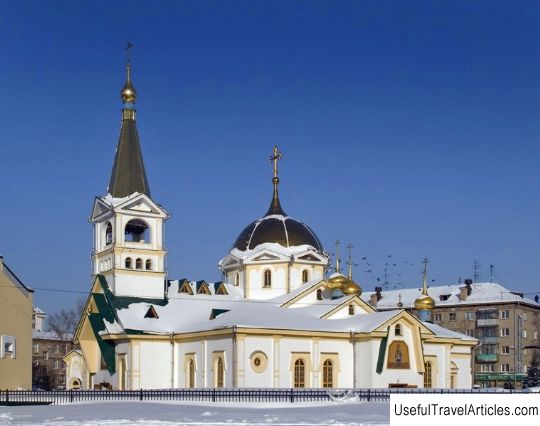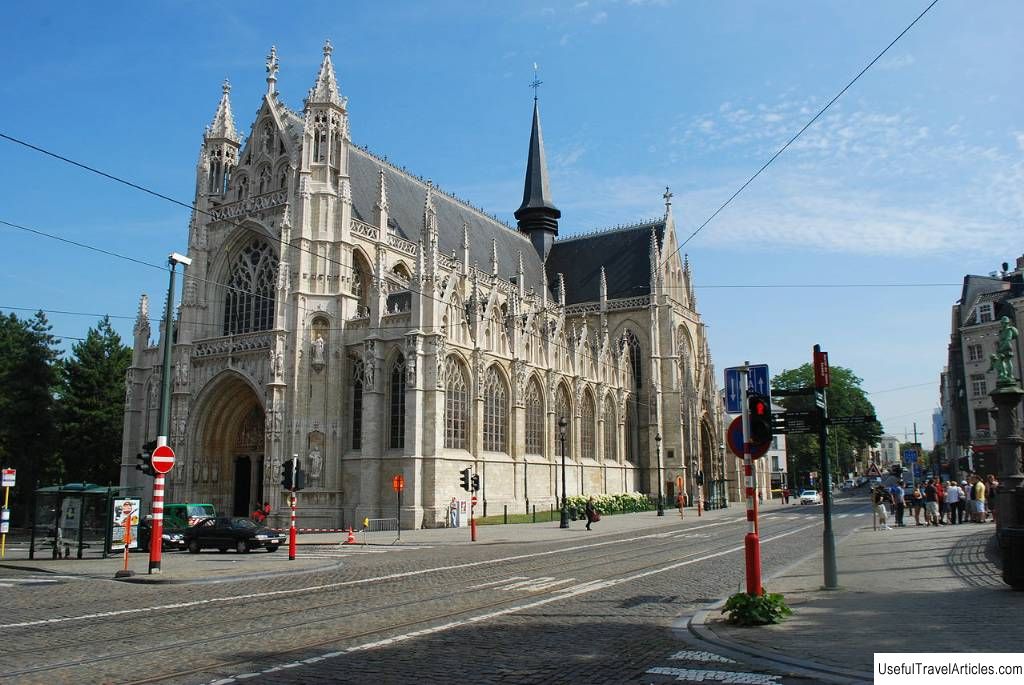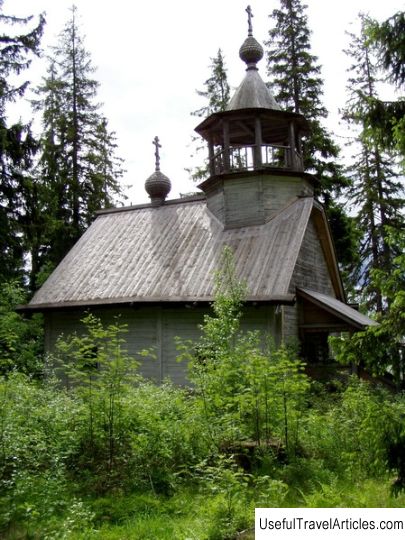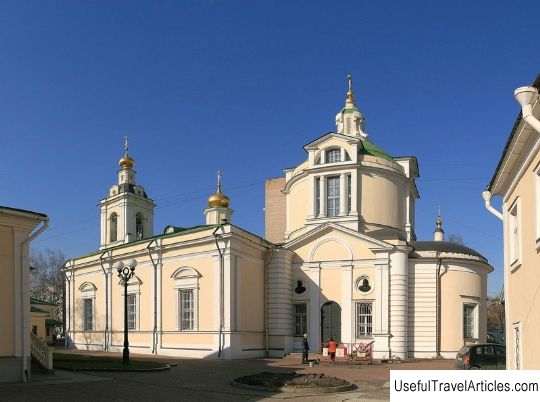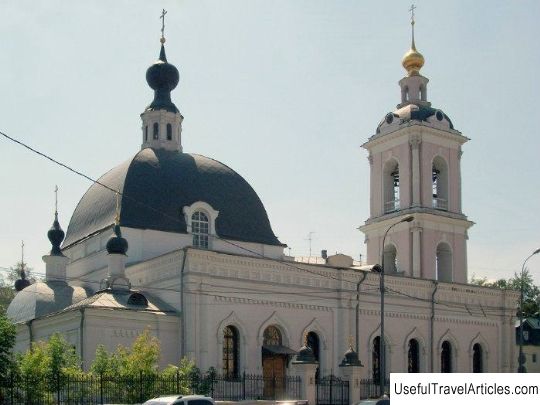Church of St. Nicholas the Wonderworker description and photos - Russia - Karelia: Pitkyaranta district
Rating: 7,5/10 (100 votes) 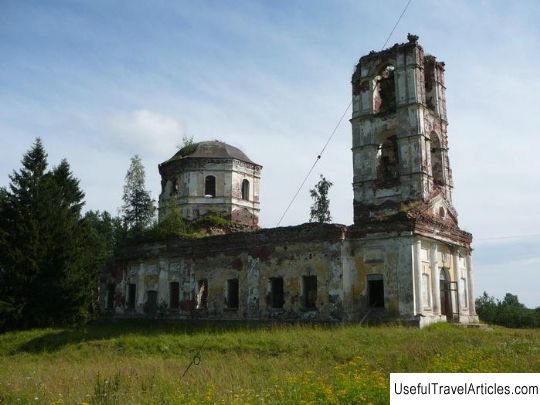
Church of St. Nicholas the Wonderworker description and photos - Russia - Karelia: Pitkyaranta district. Detailed information about the attraction. Description, photos and a map showing the nearest significant objects. Photo and descriptionThe predecessor of the Church of St. Nicholas the Wonderworker was a small wooden church built in the early 18th century in the name of the Ascension of the Lord. Two images dedicated to the Most Holy Theotokos and the Prophet Elijah were the main attractions of the church. In Salmi registers began to be kept in 1806, and in one of them it was recorded that at the beginning of the nineteenth century a wooden church burned down. In honor of the 55th anniversary of the victory over the Turkish fleet at Chesma, with the assistance of the maid of honor Anna Alekseevna Orlovskaya - Chesmenskaya, and with the money of the merchant Fedor Fedorovich Makovkin, in 1814 the construction of a new stone church in honor of Nicholas the Wonderworker began. The stone church, whose construction was completed in 1824, was made in the neoclassical style. For a long time, it retained the status of the largest church and it was the only stone building on the territory of Border Karelia. The church was built according to the project of the Finnish master K.L. Engel, famous for his buildings in Helsinki. According to the author's idea, the church was symmetrical, connected by one longitudinal axis with the bell tower. A semicircular dome covered the main part of the temple, built in the form of an octahedron. The dome itself was decorated with a gilded cross. The building could be accessed through several entrances - from the side facades, through the bell tower and from the west. On the flat facade, the outlines of the aisles were decorated with porticoes, and a visor with a window was installed over the main entrance. 11 bells were adorned on a three-tiered bell tower made of large stones. The largest bell weighed about 1700 kg. The plastered brick walls of the temple were decorated with cornice belts and front pilasters. The outside of the church was painted yellow, and the decorations and pilasters were painted white. The tin roof was painted green. Although none of the church records from 1826 says that there were remarkable and miraculous icons in the temple, it is known that three altars were installed inside the church, decorated with rich iconostases. The inner walls of the temple were also decorated with icons, and the columns and vaults were beautifully painted with frescoes. A two-meter wooden fence surrounded the entire church complex and the cemetery. The temple lands, more than 5 hectares, belonged to Countess Anna Orlova. There were two priests at the church, one deacon, two deacons, two sextons. The church, named after Nicholas the Wonderworker, the patron saint of travelers and seafarers, was a tribute to the memory of Anna Orlova's fiance, Nikolai Dolgoruky, who died in Finland. Commanding Russian troops in the war against Sweden, he died without learning about the consent of Alexander I to his marriage with Anna. At first, the church was divided by a wall into two parts: a heated winter and summer, where services were held only in the warm season. Upon completion of the construction of the temple, the estate of Anna Orlova was bought by merchants from St. Petersburg Fedul and Sergei Gromov. Now the fate of the church fell on their shoulders. The brothers paid all the necessary expenses and part of the salaries of the ministers of the church. The temple was repaired more than once with donations. In 1833 a new gate appeared, the narthex and the roof were repaired. In 1859, the altar was restored and the bell tower was added. In 1900, three ovens were built in the summer part of the church, and now services could be held all year round. In 1914, electricity was supplied to the church. In 1934, the road leading to the temple was renovated. During the Great Patriotic War, the church was badly damaged. In Soviet times, no one was in a hurry to restore it, and as a result, the roof collapsed, and the walls were overgrown with bushes. In our time, they decided to restore the temple, but there was only enough money for a wooden church, which burned down in 2006. The causes of the fire remained unclear.      We also recommend reading Loarre Castle (Castillo de Loarre) description and photos - Spain: Aragonese Pyrenees Topic: Church of St. Nicholas the Wonderworker description and photos - Russia - Karelia: Pitkyaranta district. |
